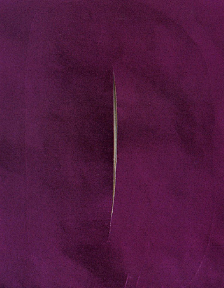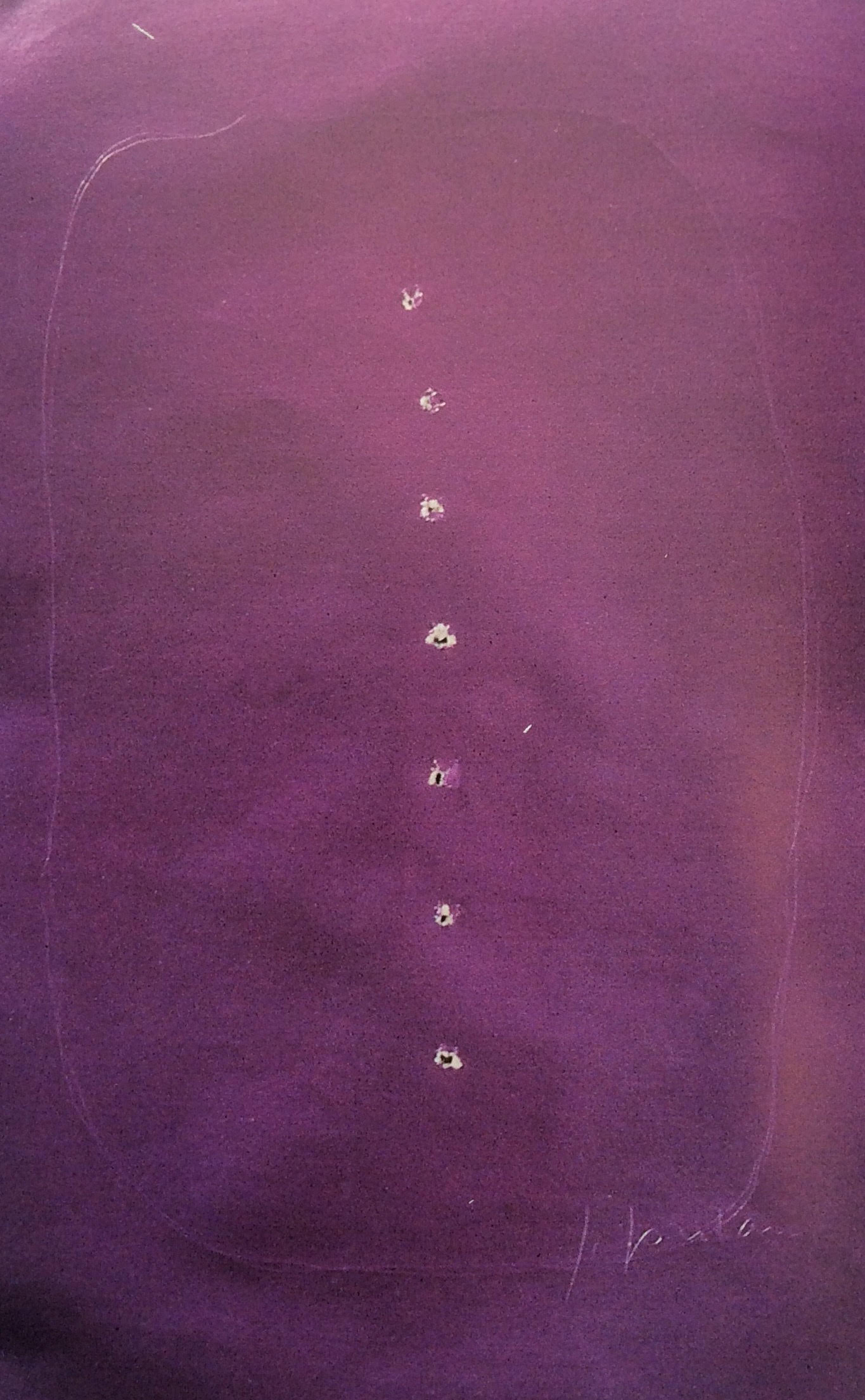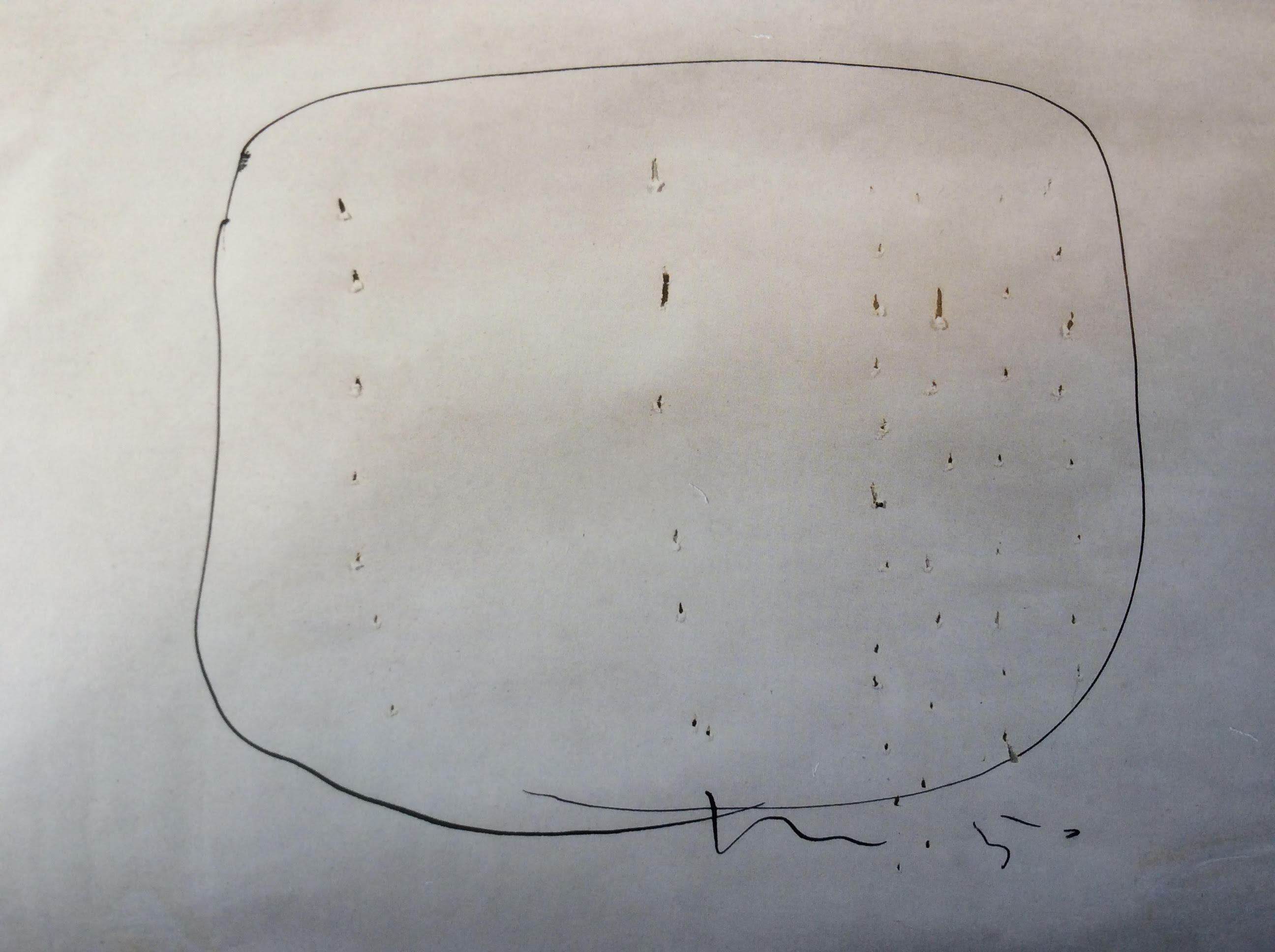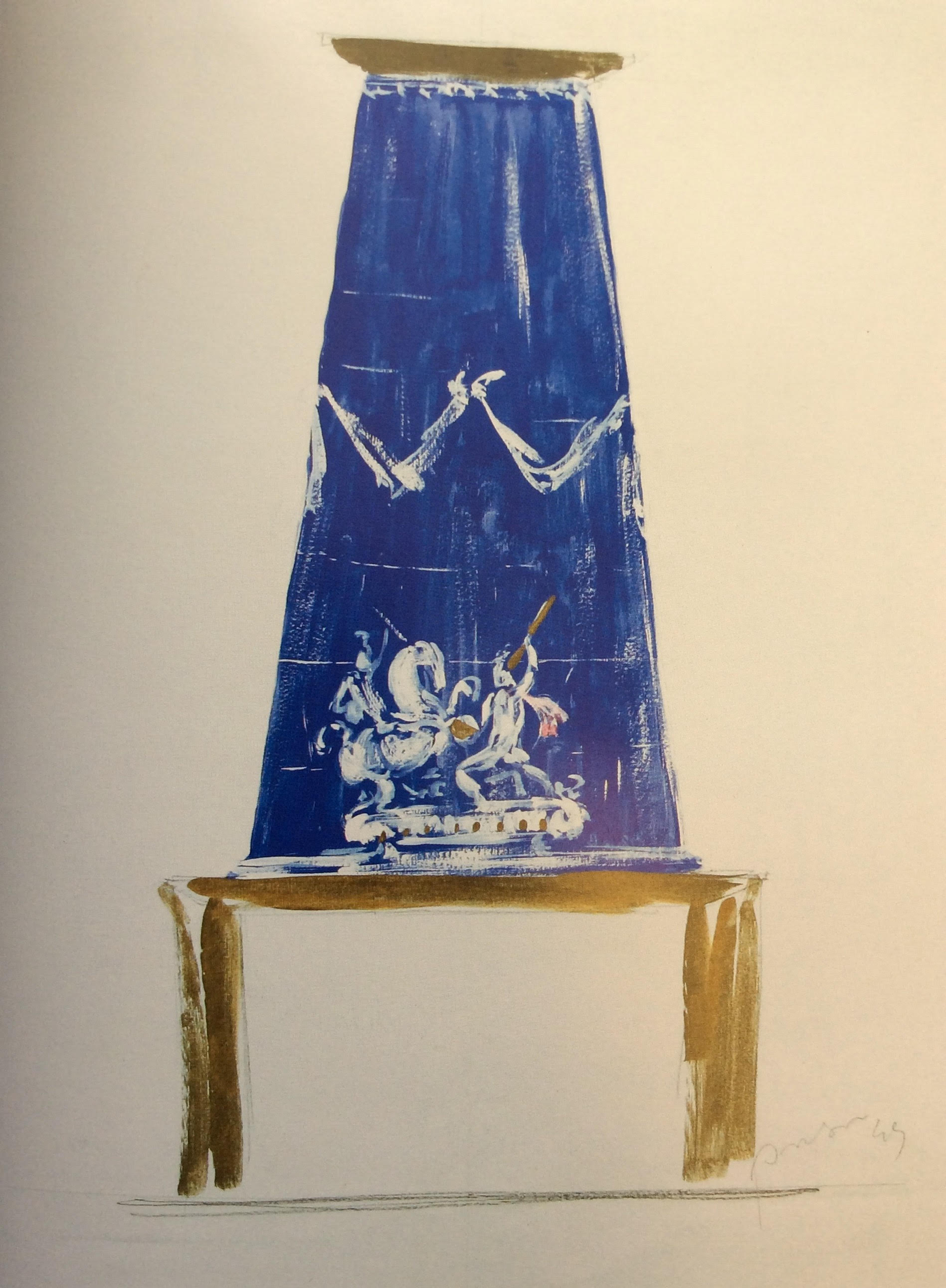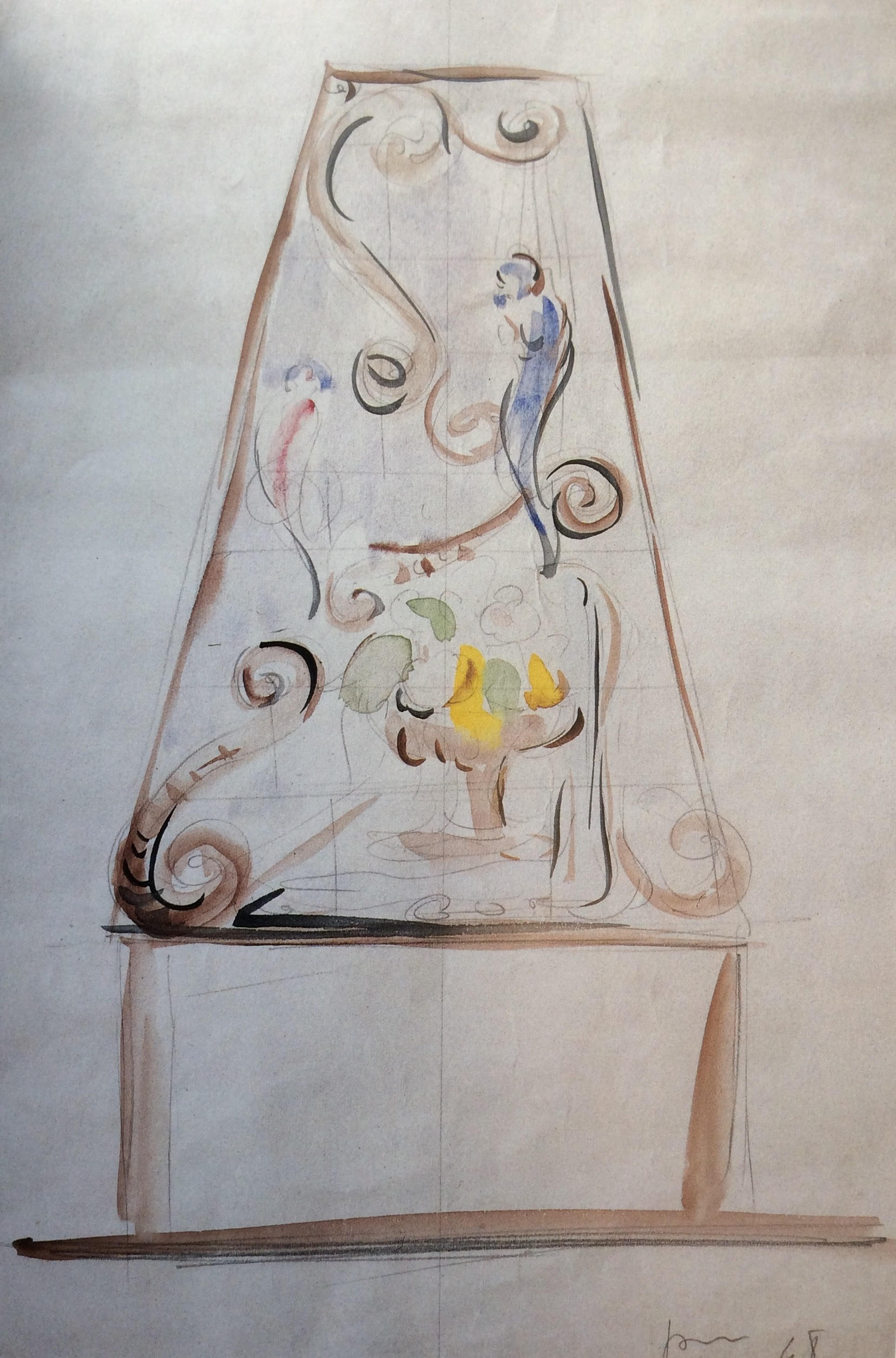Lucio Fontana (1899-1968) was one of the most influential artists of the 20th century. His enduring experiments with space are landmarks in the history of abstract art and led many artists, including Yves Klein and Piero Manzoni, to consider him to be the father of contemporary art. His work can be seen as prefiguring much of the conceptual art being created today.
Fontana was born in Argentina to an Italian father and Argentinian mother, and was to spend long periods of his life in each of these countries.
He was educated in Italy from 1905 and subsequently fought in the First World War before returning to Argentina in 1922. There he undertook various jobs, including work as a ranch hand, but in 1927 he moved to Milan, studying fine arts at the Accademia di Brera from 1928 to 1930.
He held his first one-man show at the Galleria del Milione in 1930, the first time abstract sculpture was exhibited in Italy.
Fontana spent the years of the Second World War in Argentina where, in 1946, he co-founded the Altamira Academy and collaborated on the first 'White Manifesto' which introduced a new concept of art called Spatialism (Spazialismo). This aimed at cooperation with scientists in synthesising new ideas and media such as radio, television and neon light. However, in 1947 he moved once more to Milan and it was there that he officially launched the Spatialist movement.
Fontana's most iconic works date from the 1950s and 1960s. In 1949 he began to puncture and then slash his canvases, not as an act of destruction, but in order to free himself from the traditional confines of the picture space, to explore the space through and beyond the canvas and to allow himself 'the freedom to produce art by whatever means and in whatever form'.
This exhibition charted the development of Fontana's theory of Spatialism as well as exploring lesser-known aspects of his oeuvre: sculptures, ceramics and examples of his work as a designer of fashion and interiors.
Lucio Fontana: At the Roots of Spatialism was organised in conjunction with the Italia Ministry of Foreign Affairs.
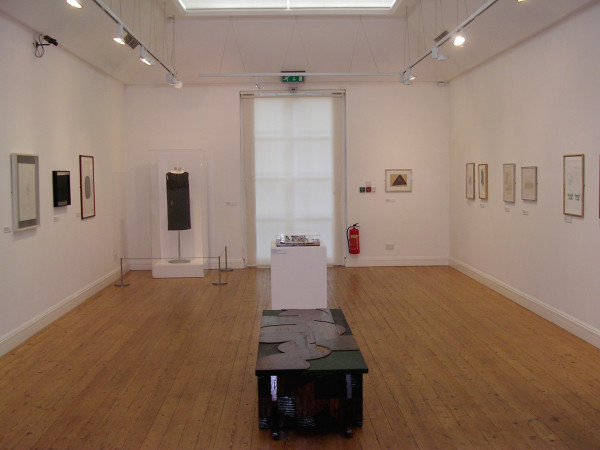
See our current exhibitions
Find out more...Discover the programme of future exhibitions
Find out more...Discover our past exhibitions
Find out more...